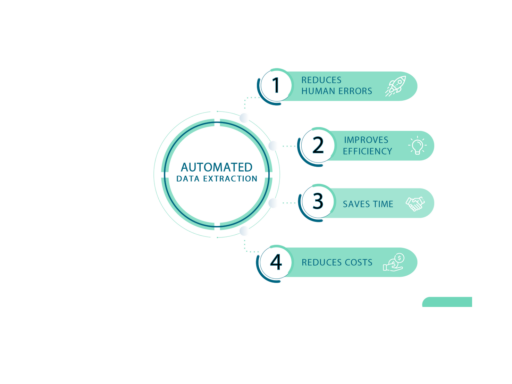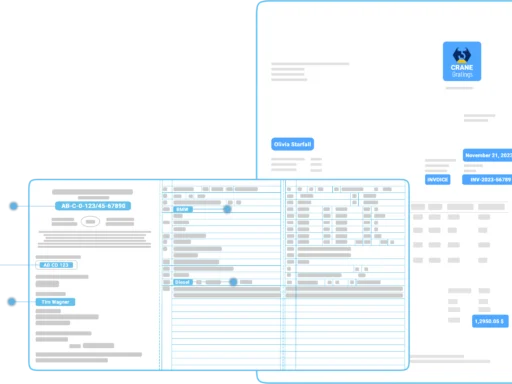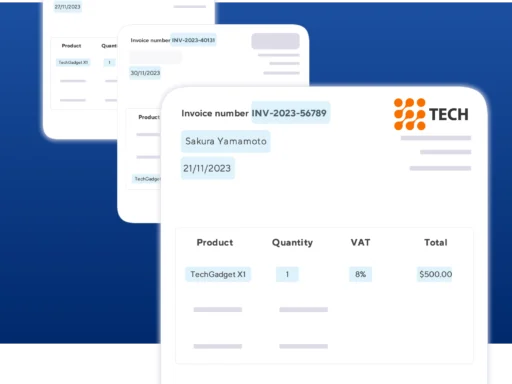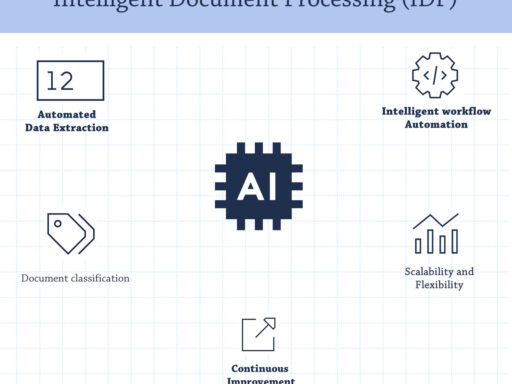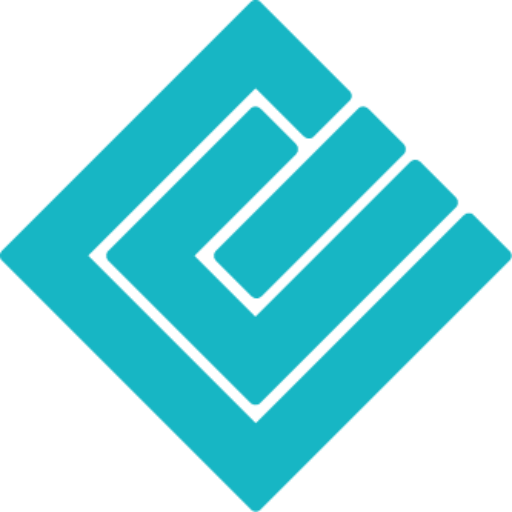Modern OMR technology automatically recognizes checkboxes in various form types with an accuracy of over 99%
The Challenge of Automatic Checkbox Recognition in Document Processing
In today’s digital business world, the efficient processing of forms with checkboxes and tick marks is a decisive competitive factor. According to a study by Forrester Research, employees spend an average of 30% of their working time manually processing paper-based documents – an enormous potential for automation and efficiency improvement.
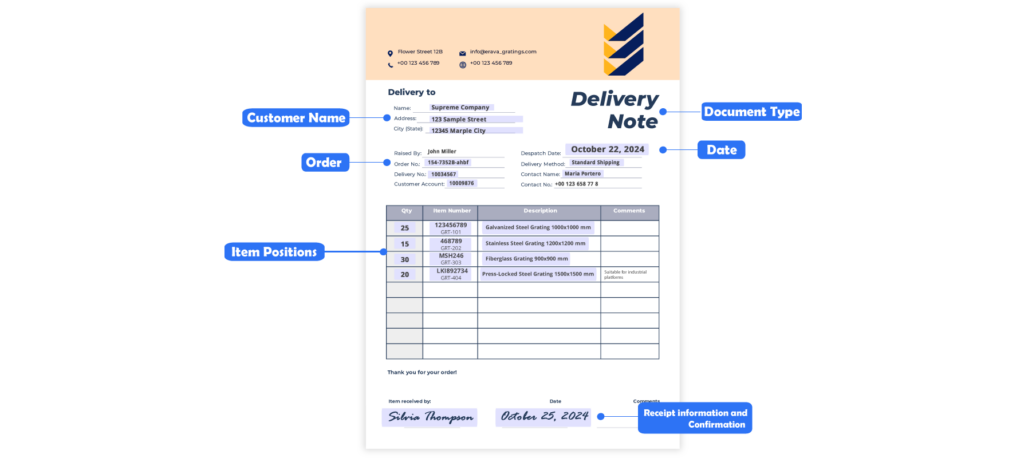
The manual evaluation of forms with checkboxes is:
- Time-consuming (average 3-5 minutes per form)
- Error-prone (error rate of 5-7% for manual capture)
- Costly (up to €20 per document for complete manual processing)
This is where Optical Mark Recognition (OMR) as a key technology revolutionizes the automated processing of checkboxes and transforms the way companies handle form-based workflows.
What is Optical Mark Recognition (OMR)? Definition and Functionality
Optical Mark Recognition (OMR) is a specialized technology for automated recognition of markings on paper forms or digitized documents. Unlike OCR (Optical Character Recognition), which recognizes text, or ICR (Intelligent Character Recognition), which processes handwriting, OMR technology specifically focuses on the precise identification of filled circles, squares, or other marking areas – typically checkboxes, tick marks, or multiple-choice answer fields.

One of the main strengths of OMR lies in its ability to transform unstructured visual inputs into structured, machine-readable data.
“OMR is 40% more accurate in recognizing checkboxes than conventional OCR technology today and reduces manual post-processing by up to 85%.” – German Society for Information Technology, Annual Report 2024
The 6-stage process of modern OMR technology:
- Document capture: The form is scanned or captured as a digital image
- Preprocessing: The image is optimized using AI-based algorithms to improve contrast and correct distortions
- Form analysis: The software identifies the exact position of the marking fields on the unstructured document
- Checkbox recognition: For each identified field, AI-based image analysis checks whether it is filled/marked
- Contextual interpretation: The software links the recognized markings with their semantic meaning in the document
- Structured data extraction: The unstructured visual information is converted into valuable, machine-readable structured data
Modern OMR solutions for checkbox recognition use advanced computer vision algorithms and deep learning to deliver precise results even under difficult conditions – with different marking styles, incomplete markings, or shifted documents.
Top 5 Application Areas of OMR in Intelligent Document Processing
The application possibilities for Optical Mark Recognition in document management are diverse and cross-industry:
1. Education: Automated Test Evaluation
- Automatic evaluation of multiple-choice tests and examinations (90% time savings)
- Efficient processing of attendance lists and assessment forms
- Rapid evaluation of course assessments and feedback forms
2. Healthcare: Efficiently Capturing Patient Data
- Precise capture of patient questionnaires and medical history forms
- Automatic processing of medical checklists and examination protocols
- Documentation of treatment courses with standardized forms
3. Finance and Insurance: Compliance-Secure Document Processing
- Checkbox recognition in application forms and insurance documents
- Risk assessment through standardized questionnaires
- Compliance checklists and audit forms with legally compliant archiving
4. Government and Public Sector: Efficient Administrative Processes
- Accelerated processing of citizen applications with checkboxes
- Automated evaluation of surveys and assessments
- Processing of official forms with audit-proof storage
5. Market Research and Customer Service: Faster Data Analysis
- Real-time evaluation of surveys and customer feedback forms
- Precise analysis of product reviews with checkbox fields
- Processing of service protocols for better customer experience
OMR vs. NLP: The Perfect Complement in Modern IDP Solutions
While Optical Mark Recognition focuses on the precise recognition of markings, Natural Language Processing (NLP) deals with understanding text and language. In advanced IDP solutions (Intelligent Document Processing), these technologies work seamlessly together:
| Technology | Focus | Strengths | Example |
| OMR | Checkbox recognition | Precise identification of markings | Detects which boxes are checked |
| NLP | Text understanding | Contextual interpretation | Understands the meaning of the checkboxes |
This synergistic combination enables a comprehensive understanding of the document:
OMR: Recognizes WHERE a marking has been placed (100% accuracy)
NLP: Understands WHY and with what MEANING (semantic analysis)
Thus, simple yes/no answers become complex business decisions that can automatically trigger the right workflow.
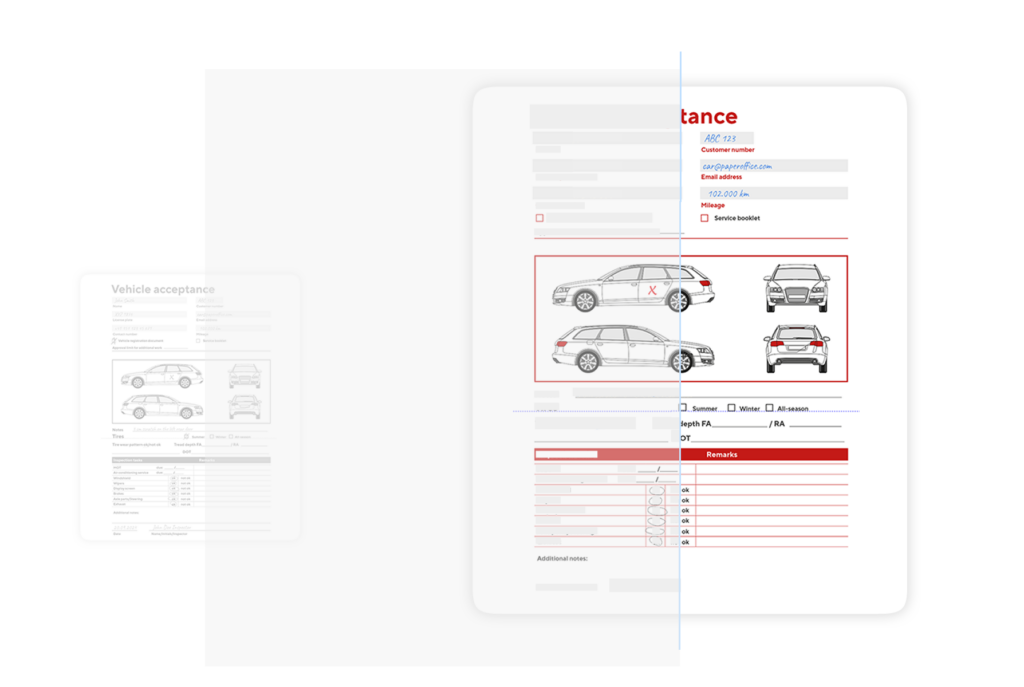
7 Decisive Advantages of OMR in Modern IDP Solutions
The integration of OMR technology in Intelligent Document Processing offers measurable benefits:
- Highest recognition accuracy: Specialized OMR algorithms recognize checkboxes and tick marks with up to 100% accuracy – significantly more precise than general OCR solutions
- Drastic time savings: The focused analysis of markings is up to 80% faster than manual processing
- Deep document understanding: In conjunction with NLP, a semantic understanding of the document content is created
- Automated workflows: Complex processes can be automatically controlled based on recognized markings
- Minimal manual effort: Automatic checkbox recognition reduces the need for human post-processing by up to 85%
- Scalability: From a few to millions of documents – the technology grows with your requirements
- Legal certainty: Audit-proof documentation of the recognized data for compliance requirements
PaperOffice IDP: Advanced OMR Integration for Perfect Checkbox Recognition
The OMR technology in PaperOffice IDP surpasses conventional solutions through innovative approaches. Our proprietary technology combines:
- Adaptive recognition algorithms that automatically adapt to different form types
- Self-learning AI that achieves a guaranteed 100% accuracy in marking recognition through advanced algorithms
- Contextual analysis that intelligently interprets the semantic connection between markings
- Seamless workflow integration that triggers automatic business processes based on recognized markings
- Transparent confidence values that make the reliability of each checkbox recognition traceable
These advanced features make PaperOffice a leading solution for automated processing of forms with checkboxes and other marking fields.
The Future of Form Processing: New Trends in OMR Technology
The Optical Mark Recognition (OMR) is developing rapidly. Current trends and exciting developments for 2025 and beyond clearly focus on intelligent AI agents for document processing.
These advanced autonomous systems will revolutionize the future of automatic checkbox recognition by fully automating decision-making processes and independently controlling complex document workflows – far beyond the mere recognition of markings.
AI-based document agents not only analyze checkboxes but understand the semantic document context, make independent data-driven business decisions, and initiate corresponding automated processing procedures without human intervention.
They continuously optimize their recognition algorithms, improve their workflow intelligence, and adapt to changing unstructured document formats. In parallel, blockchain-based verification systems for document markings are gaining importance, guaranteeing an immutable, tamper-proof record of all recognized checkboxes and tick marks and the resulting process decisions.
This combination of autonomous OMR agents and cryptographically secured audit trails creates not only maximum efficiency in form processing but also unprecedented legal certainty for document-based business processes. These advanced IDP technologies will represent the next evolution of intelligent document processing and enable companies to implement fully automated end-to-end document processes where human intervention is only necessary in exceptional cases.
FAQ: Frequently Asked Questions about Optical Mark Recognition (OMR)
What is the difference between OMR and OCR?
OMR (Optical Mark Recognition) recognizes markings such as checked boxes, while OCR (Optical Character Recognition) extracts text from images. OMR is more specialized and achieves significantly higher accuracy (up to 99.5%) for checkboxes than general OCR systems.
What types of markings can OMR recognize?
Modern OMR systems recognize various types of markings: filled circles, checked boxes, checkmarks, crossed-out fields, and even partially filled markings – thanks to AI-based image analysis with a precision of over 95%.
How high is the accuracy of OMR in checkbox recognition?
Leading OMR solutions like PaperOffice IDP achieve 100% accuracy in checkbox recognition for standardized forms and still impressive 94-96% for non-standardized documents.
Can OMR also recognize handwritten markings?
Yes, modern OMR technology also recognizes handwritten markings such as crosses, checkmarks, or circles, even if they are irregular or incomplete. The recognition rate is around 96% for handwritten markings in unstructured documents, enabling reliable conversion to structured datasets.
How does OMR integrate with existing document management systems?
OMR technology can be seamlessly integrated into existing DMS and ERP systems via standardized interfaces (APIs). Implementation typically takes only 2-4 weeks and usually pays for itself within 3-6 months.
What cost and time savings can be achieved through OMR technology?
Companies report cost savings between 60-85% in form processing and a reduction in processing time by 70-90% compared to manual processing of documents with checkboxes.
Conclusion: OMR as an essential building block of modern document processing
Optical Mark Recognition (OMR) may at first glance appear to be a niche technology, but its importance for efficient checkbox recognition and automatic form processing is undeniable. As a specialized part of a comprehensive IDP strategy, OMR enables the precise, fast, and reliable transformation of unstructured checkmarks into valuable structured data.
The ability to convert unstructured documents into structured, machine-readable datasets is a key advantage of modern OMR solutions. In conjunction with complementary technologies such as OCR, ICR, and NLP, OMR technology forms the foundation for truly intelligent document processing – a decisive step on the path to the paperless, efficient office of the future.
I am a dedicated content writer at PaperOffice, specializing in creating insightful articles about document management and automation. With a focus on simplifying complex topics.




